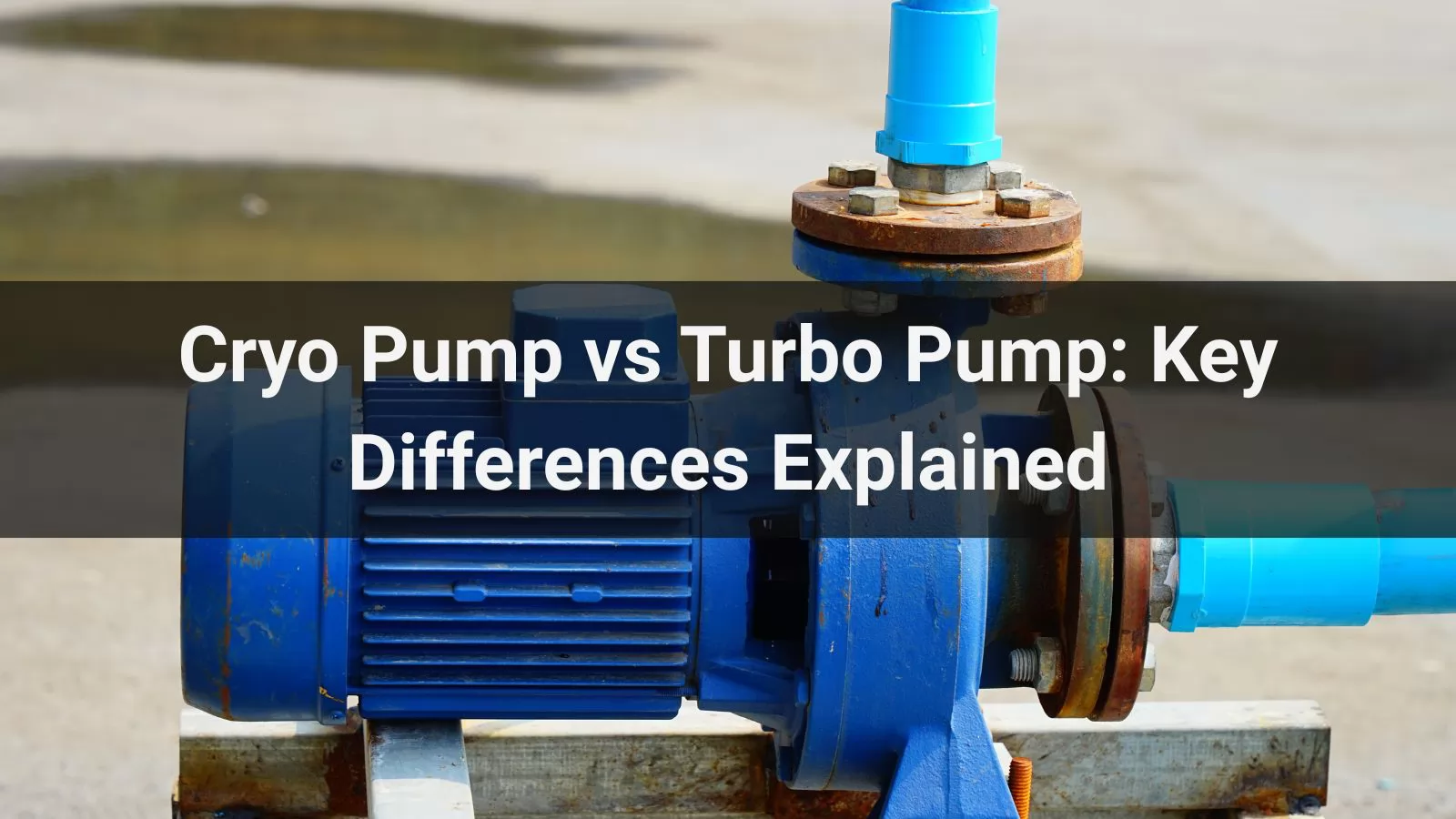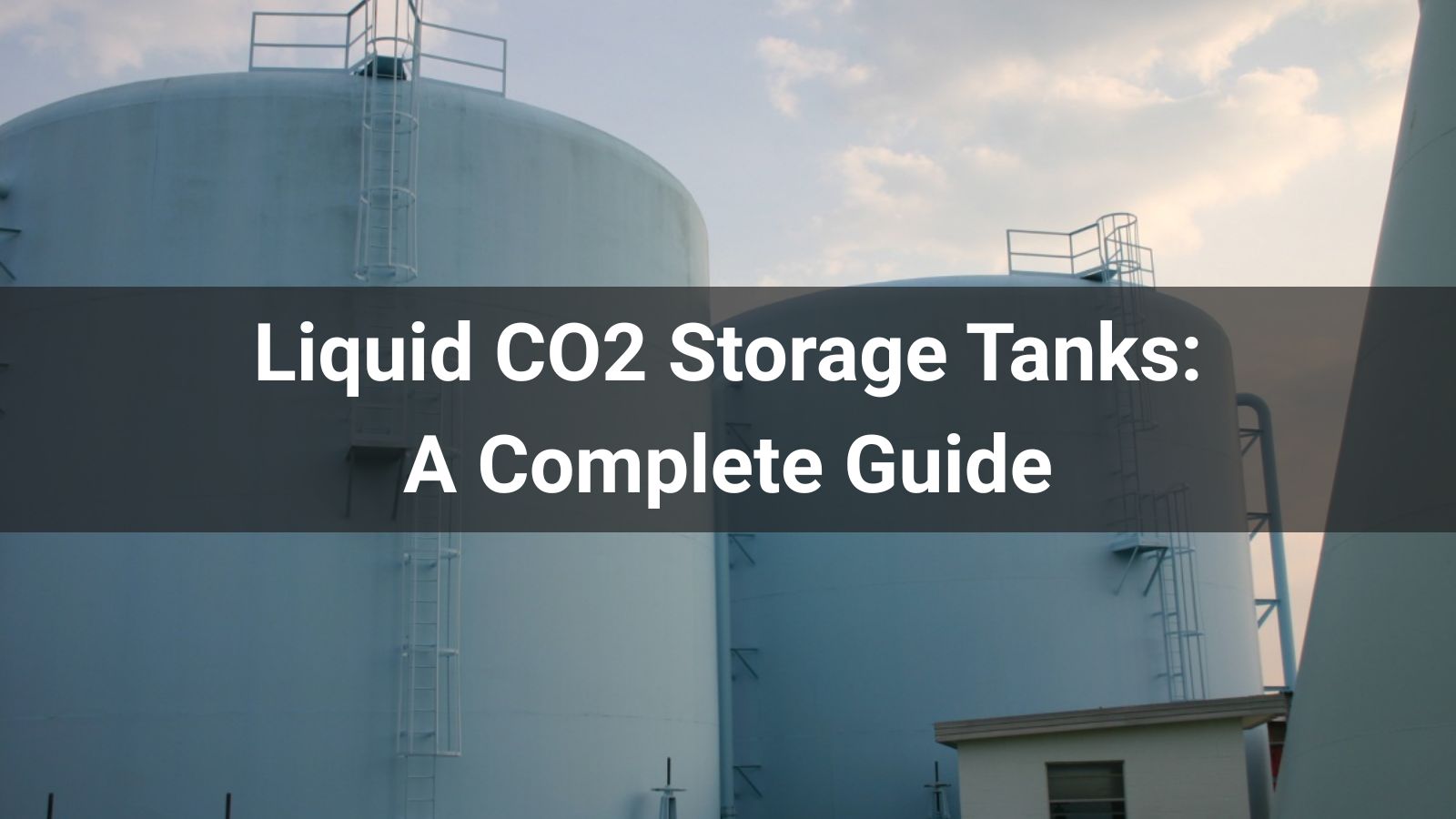
In advanced vacuum and cryogenic systems, two pump types are frequently compared: the cryo pump and the turbo pump. While both serve the purpose of achieving and maintaining high or ultra-high vacuum environments, their operating principles, performance characteristics, and ideal applications differ significantly. This article breaks down the differences so you can make an informed selection for your project.
Understanding the Basics
Before diving into the differences, let's define each pump type:
- Cryo Pump: Uses extremely low temperatures (cryogenic cooling) to condense and trap gases and vapors on cold surfaces, effectively removing them from the system.
- Turbo Pump: Also known as a turbomolecular pump, it uses rapidly rotating blades to impart momentum to gas molecules, directing them toward a backing pump for removal.
Core Operating Principles
| Feature | Cryo Pump | Turbo Pump |
|---|---|---|
| Working Mechanism | Condenses gases onto cryogenically cooled surfaces. | Uses high-speed rotor blades to move gas molecules. |
| Temperature | Operates at temperatures as low as 4K (-269°C). | Operates at ambient to moderately elevated temperatures. |
| Backing Pump Requirement | Often requires no continuous backing pump once operational. | Requires a backing pump for operation. |
| Vibration | Low vibration; suitable for sensitive equipment. | May generate more vibration due to rotor speed. |
| Maintenance | Requires periodic regeneration to remove trapped gases. | Needs bearing replacement and balancing over time. |
Performance Comparison
Both pump types can achieve ultra-high vacuum, but performance differs in terms of gas species handling and pumping speed:
- Cryo Pumps: Excellent for pumping water vapor, nitrogen, oxygen, and noble gases. Struggle with hydrogen and helium unless ultra-low temperatures are maintained.
- Turbo Pumps: Good for all non-condensable gases like hydrogen and helium, but less effective for water vapor compared to cryo pumps.
Advantages and Limitations
Cryo Pump Advantages
- Oil-free operation for contamination-sensitive applications.
- Low vibration, suitable for precision instruments.
- High pumping speed for condensable gases.
Cryo Pump Limitations
- Requires periodic warm-up and regeneration.
- Lower efficiency for light gases like hydrogen and helium.
Turbo Pump Advantages
- Continuous operation without regeneration cycles.
- Effective for light gases and wide pressure ranges.
- Compact design, easy to integrate.
Turbo Pump Limitations
- Requires a backing pump, adding complexity.
- More sensitive to particulate contamination.
Application Scenarios
Choosing between a cryo pump and a turbo pump depends on your specific needs:
- Cryo Pumps: Ideal for semiconductor manufacturing, space simulation chambers, cryogenic liquid transfer systems, and contamination-sensitive research.
- Turbo Pumps: Best for analytical instruments (like mass spectrometers), particle accelerators, and general ultra-high vacuum systems requiring flexibility.
Choosing the Right Pump
Consider the type of gases to be pumped, operational cycle requirements, maintenance tolerance, and integration constraints. For ultra-clean, low-vibration environments handling mostly condensable gases, a cryo pump is often preferred. For handling light gases and achieving flexibility in vacuum applications, a turbo pump may be more suitable.
Conclusion
While both cryo pumps and turbo pumps are crucial in advanced vacuum and cryogenic operations, understanding their differences ensures optimal system performance, cost-efficiency, and reliability. The right choice depends on your process requirements, gas composition, and operational priorities.








.png)




.png)

![Top 10 Cryogenic Companies in USA[2025 Updated]](/statics/images/right.png)
![Top 10 Cryogenic Companies in USA[2025 Updated]](/uploads/202508/bannerlist_1756363009_WNo_800d450.jpg)

![Top 10 LNG Tank Manufacturers Worldwide[2025 Updated]](/uploads/202506/CryoTech-banner-1-_1750490922_WNo_800d450.jpg)



